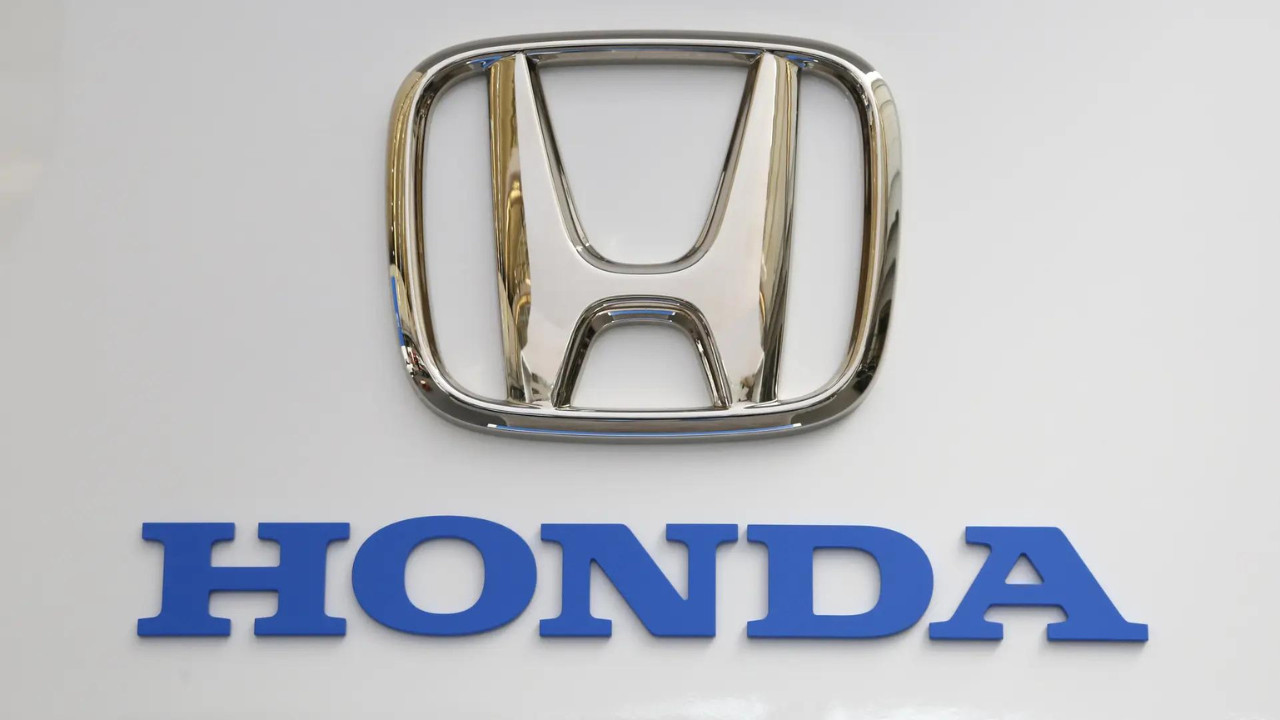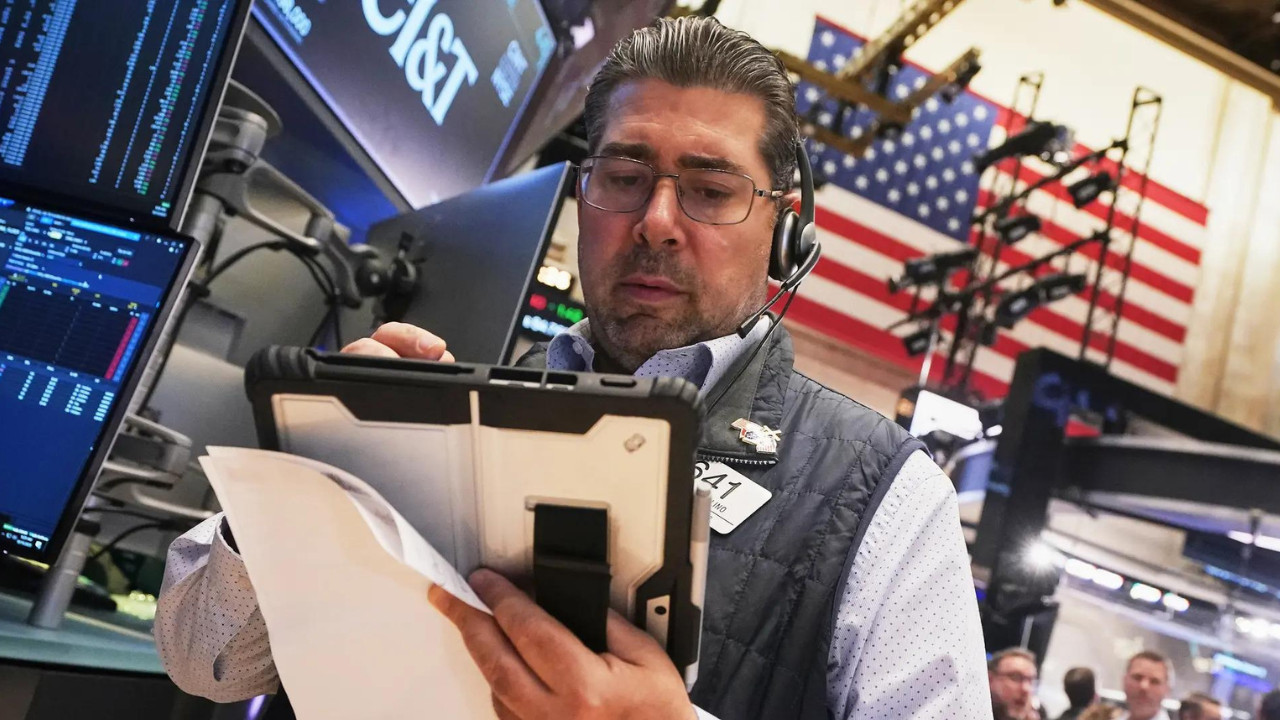Honda aims to capture 30% of India’s two-wheeler market by 2030, recognizing the country’s crucial role in its global growth strategy. The company sees significant potential in targeting female consumers, who currently represent only 10% of sales. While optimistic about electric vehicles, Honda acknowledges infrastructure challenges and plans a dedicated EV production plant in India by 2028.
Honda’s Electric Ride: Zooming Towards a Brighter, Greener India
The rumble of engines might be Honda’s signature tune right now, but the Japanese giant is orchestrating a new, electric symphony for the Indian two-wheeler market. They’re not just dipping a toe in the EV waters; they’re diving in headfirst, aiming for a substantial 30% market share by 2030. This isn’t just corporate ambition; it’s a clear signal that the electric revolution in India is accelerating, and Honda wants to lead the charge.
For years, Honda has been a familiar sight on Indian roads, their Activa scooter a ubiquitous symbol of affordable and reliable transportation. Now, they’re looking to translate that trust and brand recognition into the electric vehicle (EV) space. The company understands that the Indian consumer is evolving, increasingly aware of environmental concerns and drawn to the promise of cost-effective, sustainable mobility.
Why Electric? Honda’s Vision for the Future
So, why the big push for electric? For Honda, it’s a multifaceted strategy. Firstly, there’s the undeniable global shift towards EVs. Governments worldwide are incentivizing electric vehicle adoption through subsidies and stricter emission norms. India is no different, with ambitious targets for EV penetration across various vehicle segments.
Secondly, Honda recognizes the immense potential of the Indian market. With a rapidly growing middle class and a youthful population, the demand for personal transportation is only set to increase. Electric two-wheelers offer a compelling alternative to traditional petrol scooters and motorcycles, particularly for urban commuters. The lower running costs, reduced maintenance, and environmental benefits are proving to be powerful motivators for consumers.

But Honda isn’t just relying on the overall market trend. They’re also focusing on specific demographics. They see a particularly strong opportunity among female buyers, who are increasingly seeking convenient, safe, and eco-friendly transportation options. This focus on the female demographic makes perfect sense, considering the Activa’s popularity among women. Honda is betting that an electric scooter tailored to their needs will be a resounding success.
Riding the Wave: Honda’s Electric Two-Wheeler Strategy
Honda’s strategy involves a multi-pronged approach. They’re not just launching electric scooters; they’re building an entire ecosystem around them. This includes establishing a robust charging infrastructure, offering attractive financing options, and providing comprehensive after-sales service. All of these components are crucial for fostering consumer confidence and driving EV adoption.
One key element is the development of locally sourced components. By increasing localization, Honda aims to reduce production costs and make their electric scooters more affordable for the Indian consumer. This aligns with the Indian government’s “Make in India” initiative and demonstrates Honda’s commitment to long-term sustainability in the Indian market.
Honda also has its eyes on battery technology. Battery costs remain a significant barrier to EV adoption, so the company is investing in research and development to improve battery performance, range, and lifespan. They are exploring various battery chemistries and charging technologies to find the optimal solution for the Indian market conditions. Speaking of technology, have you seen how scooter technology has evolved? See our piece on innovative scooter tech features.
Overcoming Challenges on the Electric Road
Of course, the road to electric dominance isn’t without its bumps. Challenges remain, including the high initial cost of EVs, range anxiety among consumers, and the limited availability of charging infrastructure in some areas. Honda is aware of these hurdles and is actively working to overcome them.
They are collaborating with government agencies, charging infrastructure providers, and other stakeholders to create a conducive environment for EV adoption. This collaborative approach is essential for accelerating the transition to electric mobility in India.
While a 30% market share by 2030 is ambitious, it’s not unrealistic. Honda has a proven track record of success in the Indian two-wheeler market, a strong brand reputation, and a clear vision for the future. If they can successfully execute their electric strategy, they could very well become a dominant player in the Indian EV landscape. This isn’t just about selling electric scooters; it’s about shaping the future of mobility in India, one electric ride at a time.
The future of Indian roads is undoubtedly electric, and Honda’s proactive approach suggests they are well-positioned to capitalize on this electrifying trend.







